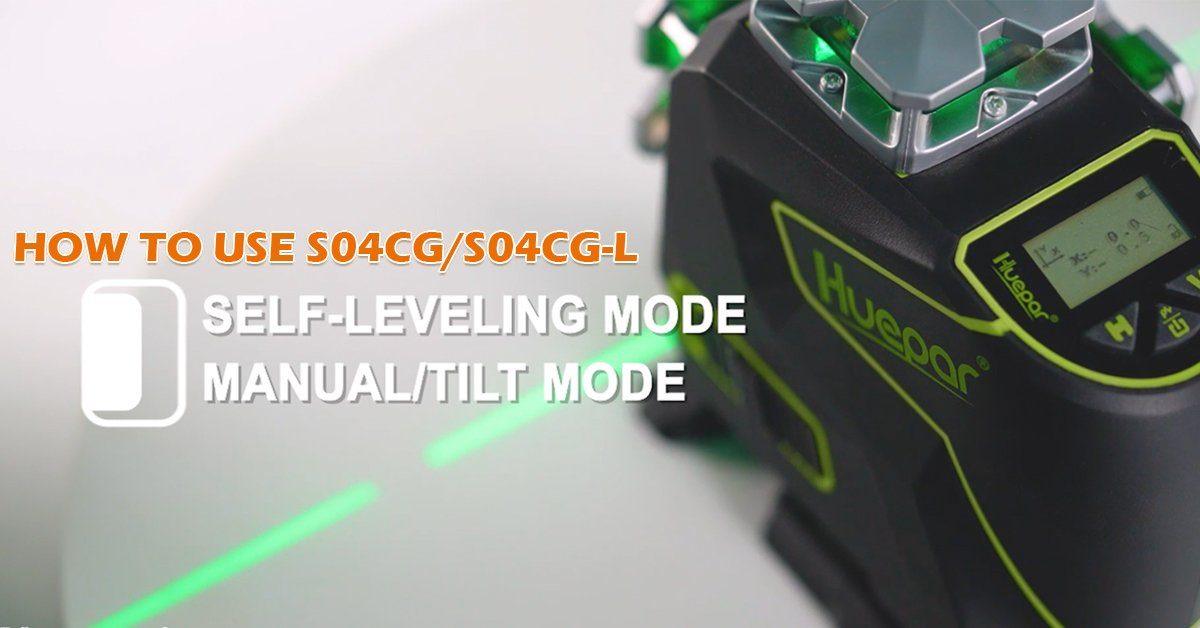The Evolution of Laser Levels: From 1D to 4D
Understanding the Basics of Laser Level Technology
Laser level technology has come a long way. At its core, it uses a laser beam to mark a level line. This line helps users make sure surfaces are straight. In the beginning, 1D laser levels could emit a single straight line. They were useful but limited to one dimension. As tech improved, so did these tools. More advanced models like 2D and 3d laser levels were made. 2D levels allowed for two planes of reference. But 3D levels took it further. They offer complete room coverage with three planes. This tech jump has been a big step for precision work in many fields.

The Leap from Traditional to 3D Laser Levels
The move to 3d laser levels was a big step. Before, levels could only show one line. That line was either vertical or horizontal. With 3D lasers, we can project lines along three planes at once. This means more detail and less time spent on setups. Workers now make fewer mistakes and work faster. They can see more lines without moving the level. This tech has made many jobs easier and will keep changing how we build.
Introducing 4D Laser Levels: What's the Fourth Dimension?
4D laser levels bring a new dimension to precision. Aside from the X, Y, and Z axes, the '4th dimension' often refers to a time-based control. This can mean real-time data tracking or remote adjustments. With 4D, users can monitor and alter settings from a distance. This tech is useful in large projects where conditions change often. It allows for quick updates without needing to touch the device. Thus, the 'fourth dimension' adds a dynamic layer to laser leveling.
How 3D Laser Levels are Changing the Game
The Benefits of Using 3D Laser Levels in Construction
- Ensures high precision and accuracy in construction layouts.
- Speeds up the alignment process, reducing manual efforts.
- Minimizes errors and rework, saving time and resources.
- Projects both horizontal and vertical lines for comprehensive coverage.
- Improves workers' safety by allowing more tasks to be done remotely.
- Adaptable to various environments, both indoor and outdoor.
- Enhances collaboration by providing clear visual references for all.
- Compatible with modern tools and software for efficient data integration.
Applications of 3D Laser Levels in Interior Design and Architecture
3d laser levels are revolutionizing interior design and architecture. They offer a high level of accuracy for aligning and placing elements. Here are some uses:
- Exact Placement: Designers use them to place walls, doors, and furniture.
- Height Alignment: They ensure features like lights and cabinets are at the right levels.
- Real-Time Visualization: They help clients see how designs will look in a space.
- Renovation Projects: 3D levels are perfect for updating old buildings.
Their use makes complex designs simpler and builds more precise.
The Future of Construction: Innovations in 3D Leveling Technology
The future of construction is bright with the latest 3D leveling tech. These tools speed up tasks and improve precision. Tech advancements include linking with digital models and smart devices. This cuts the time taken to check levels on-site. Soon, we may see levels that auto-adjust and connect with robots. This will reduce manual work and errors. These innovations hint at a future where construction is faster, more accurate, and less reliant on human input for basic tasks.
Choosing the Right Laser Level for Your Project
Cross Line Laser Level vs. 3D Laser Level: Which One Do You Need?
Selecting the best laser level for your project is key. Cross Line and 3d laser levels have distinct uses. Cross Line models cast intersecting horizontal and vertical lines. They're good for tasks like hanging pictures or tiling. 3D Laser Levels offer more. They provide full room layout with one setup. This means quicker and more precise work on larger projects. You need a 3D Laser for detailed construction jobs. Think about your project size and detail level to choose right.
Key Features to Consider When Selecting a Laser Level
- Accuracy: Check the level's precision specified in mm/m or inches at a certain distance.
- Range: Consider the working distance required for your projects.
- Self-Leveling: Look for models that automatically level themselves for ease of use.
- Laser Color: Red lasers are standard, but green lasers are more visible in bright conditions.
- Battery Life: Longer battery life is convenient for extended work periods.
- Durability: A robust design with dust and water resistance is ideal for harsh sites.
- Mounting Options: Options like tripods and magnetic brackets add versatility.
- Warranty and Support: Longer warranties and reliable customer support are beneficial.
Choosing the right laser level involves balancing these features with your specific needs to find the ideal tool for your projects. Simplicity and practicality are key.
Ensuring Accuracy and Precision: Tips for Using Laser Levels Effectively
Using laser levels correctly is key to precision. Keep these tips in mind:
- Always check the calibration before starting a project. This keeps your lines accurate.
- Use a stable surface. Any movement can disrupt the laser line.
- Avoid direct sunlight. It can make laser lines hard to see.
- Clean the device regularly. Dust can affect the laser's performance.
- For 3D levels, ensure clear line-of-sight in all directions.
By following these simple steps, you can maintain accuracy in your work with laser levels.




